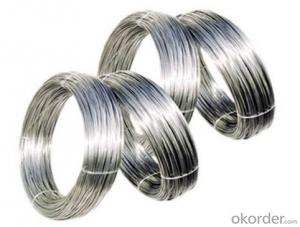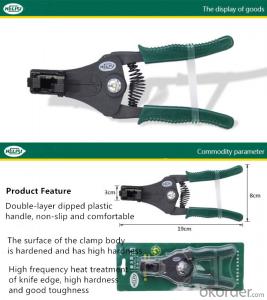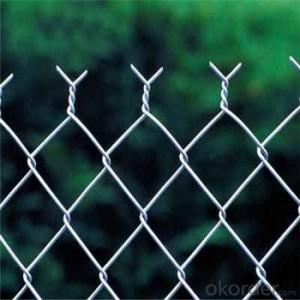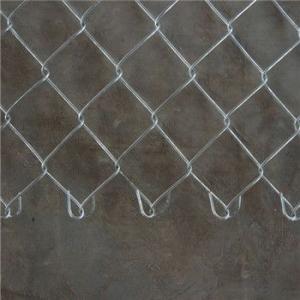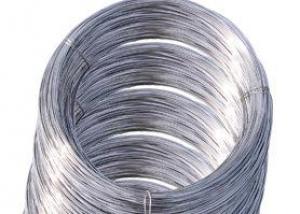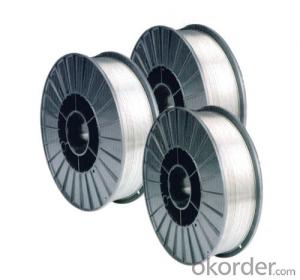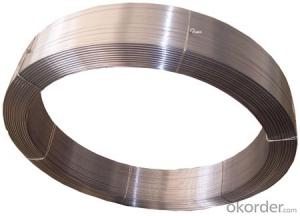Stainless Steel Wire Uk
Stainless Steel Wire Uk Related Searches
Best Paint For Stainless Steel Blanket Insulation For Steel Buildings Primer For Galvanized Steel Foam Filter For Stainless Steel H S Code For Stainless Steel Surface Grinding Wheels For Stainless Steel Surface Grinding Wheels For Hardened Steel Hole Saw For Stainless Steel Paint For Stainless Steel Stainless Steel For BbqHot Searches
Steel Mesh Panels For Sale Price For Stainless Steel Scrap Scrap Price For Stainless Steel Price For Stainless Steel Stainless Steel Tank For Sale Stainless Steel Sheets For Sale Cheap High Tea Sets For Sale Stainless Steel Tanks For Sale Stainless Steel For Sale High Density Fiberboard For Sale Solar Hot Water Collectors For Sale Scaffolding For Sale In Uae Scaffolding For Sale In Ireland Scaffolding For Sale In Houston Type Of Inverter For Solar Price Of Shipping Containers For Sale Types Of Inverter For Solar Stock Price For Aluminum Used Solar Inverter For Sale Steel Mesh Panels For SaleStainless Steel Wire Uk Supplier & Manufacturer from China
Okorder.com is a professional Stainless Steel Wire Uk supplier & manufacturer, offers integrated one-stop services including real-time quoting and online cargo tracking. We are funded by CNBM Group, a Fortune 500 enterprise and the largest Stainless Steel Wire Uk firm in China.Hot Products
FAQ
- Yes, stainless steel wire is suitable for wire bonding in certain applications. Stainless steel wire has several properties that make it a good choice for wire bonding. Firstly, stainless steel is highly resistant to corrosion, which is important for ensuring the long-term reliability of the wire bond. Secondly, stainless steel wire has good mechanical strength, allowing it to withstand the stresses and strains involved in the wire bonding process. Additionally, stainless steel wire has good electrical conductivity, which is necessary for effective electrical connections in wire bonding. However, it is important to note that stainless steel wire may not be suitable for all types of wire bonding applications, as other factors such as wire diameter, surface finish, and the specific bonding process used may also need to be considered.
- How to distinguish between 302 stainless steel screws and 304 stainless steel screws?
- 302 stainless steel and 304 stainless steel are suitable for food processing, storage and transportation. It has good processability and weldability. Plate type heat exchanger, corrugated pipe, household appliances (1, 2 kinds of tableware, kitchen cabinet, indoor pipeline, water heater, boiler, bath), auto parts (windshield wiper, muffler, mold), medical appliances, building materials, chemical, food industry, agriculture, marine parts, millet mobile phone etc.. 304 stainless steel is a nationally recognized food grade stainless steel.
- Indeed, electrical wires can be made from stainless steel wire. Although copper is typically preferred for electrical wiring due to its exceptional conductivity, stainless steel wire can be utilized in specific scenarios where its distinctive properties prove advantageous. The corrosion resistance of stainless steel renders it suitable for electrical installations conducted outdoors or underwater. Furthermore, stainless steel wire possesses remarkable tensile strength, rendering it perfect for applications necessitating durability and robustness. Nonetheless, it is crucial to acknowledge that stainless steel has lower electrical conductivity than copper, making it potentially unsuitable for high-conductivity applications like power transmission.
- There are various types of stainless steel wire ropes used in mining, including 6x19 IWRC (Independent Wire Rope Core), 6x26 IWRC, and 8x19 Class Seale construction. These wire ropes are specifically designed to withstand the harsh conditions and heavy loads often encountered in mining operations.
- Stainless steel wire is widely used in the oil and gas industry due to its exceptional properties and capabilities. Some of the common uses of stainless steel wire in this industry include: 1. Wireline: Stainless steel wire is used extensively in wireline applications for well logging, data acquisition, and intervention operations. Its high strength and corrosion resistance make it suitable for withstanding the harsh downhole conditions and extreme temperatures. 2. Downhole tools: Stainless steel wire is used for manufacturing various downhole tools, such as fishing tools, packers, and plugs. These tools require high tensile strength and resistance to corrosion, which stainless steel wire provides, ensuring their durability and reliability in oil and gas operations. 3. Umbilical cables: Stainless steel wire is a crucial component in the construction of umbilical cables used in offshore oil and gas production. These cables contain multiple hydraulic, electrical, and fiber optic lines, and stainless steel wire provides the necessary strength and protection to these lines, enabling efficient communication and control between subsea installations and the surface. 4. Springs and fasteners: Stainless steel wire is commonly used for manufacturing springs and fasteners used in various oil and gas equipment, including valves, pumps, and wellheads. The excellent mechanical properties of stainless steel wire ensure the reliability and longevity of these components in demanding operating conditions. 5. Reinforcement in hoses and pipelines: Stainless steel wire is often incorporated into hoses and pipelines used in the oil and gas industry to enhance their strength and resistance to high pressures. It helps prevent hose or pipeline failure, ensuring the safe and efficient transfer of fluids in oil and gas operations. 6. Filter screens and mesh: Stainless steel wire mesh is utilized as filter screens in well completions and oil production processes, where it helps to separate solid particles from fluids. Its corrosion resistance and high filtration efficiency make it ideal for maintaining fluid cleanliness and preventing damage to downstream equipment. Overall, stainless steel wire finds various applications in the oil and gas industry due to its outstanding strength, corrosion resistance, and versatility. Its use in wireline operations, downhole tools, umbilical cables, springs, fasteners, hoses, pipelines, and filter screens significantly contributes to the efficiency, safety, and reliability of oil and gas operations.
- Stainless steel plate surface treatment: ink, wire drawing, polishing what does that mean? How?
- Polishing, also known as mirror treatment, no Silk Road, brightness ranging from 4K-12K. By acid water surface grinding, processing costs slightly higher than oil mill and wire drawingI hope I can help you!
- Stainless steel wire is commonly used in the electronics industry for various purposes such as making components, conducting electricity, providing structural support, and creating connections. It is often used to form springs, connectors, and small parts due to its corrosion resistance, high strength, and durability. Additionally, stainless steel wire is also utilized as a shielding material to protect sensitive electronic components from electromagnetic interference.
- Due to its exceptional strength, durability, and corrosion resistance properties, stainless steel wire is highly suitable for applications involving high-pressure fluids. It maintains its structural integrity and does not deform or break easily under high pressure, making it ideal for situations where intense fluid pressure is present. The corrosion resistance of stainless steel wire is another advantage in high-pressure fluid applications. It is made from an alloy with a high chromium content, which forms a protective oxide layer on the surface. This layer acts as a barrier, preventing corrosion when exposed to various fluids or chemicals. As a result, stainless steel wire can withstand the corrosive effects of high-pressure fluids, ensuring a longer lifespan and reliable performance. Furthermore, stainless steel wire offers excellent temperature resistance, allowing it to withstand extreme conditions commonly encountered in high-pressure fluid applications. It maintains its mechanical properties and structural stability even at high temperatures, ensuring consistent performance over time. Versatility is another advantage of stainless steel wire in high-pressure fluid applications. It can be woven or formed into different shapes and sizes, allowing for customization to meet specific requirements. This flexibility enables its use in a wide range of fluid handling systems, including hydraulic systems, oil and gas pipelines, and chemical processing equipment. In conclusion, stainless steel wire exhibits exceptional performance in high-pressure fluid applications. Its strength, corrosion resistance, temperature resistance, and versatility make it a reliable choice for industries that require durable and efficient wire solutions.

















